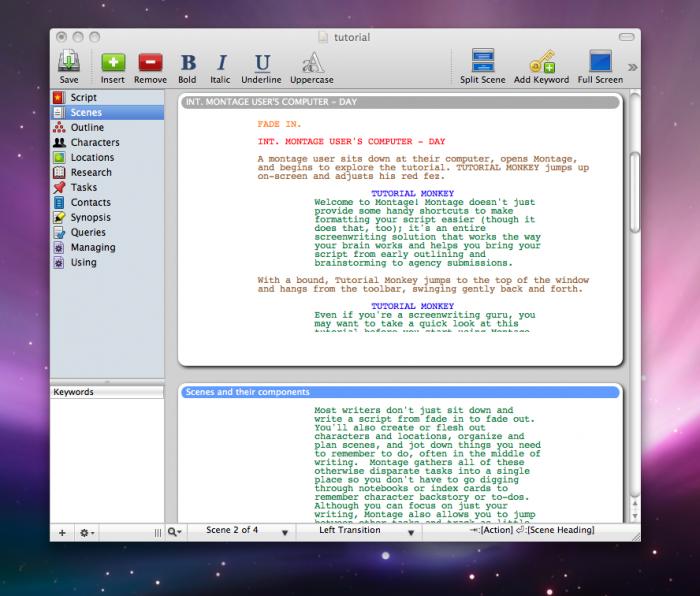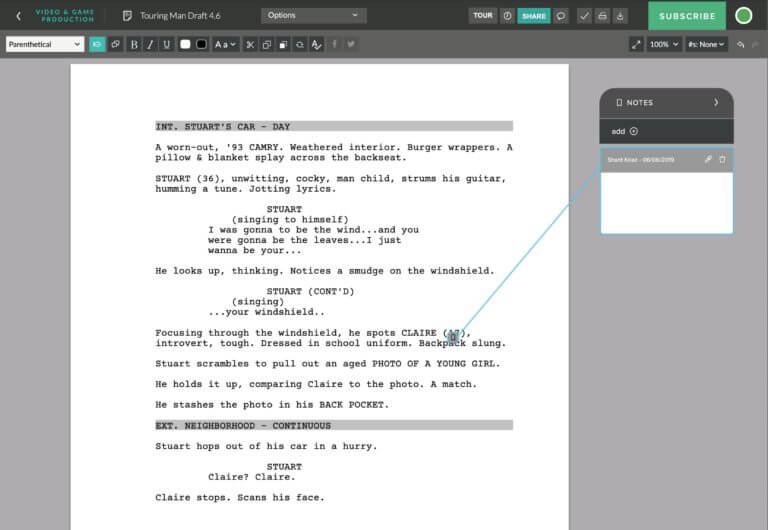


We go in to this in greater detail in this breakdown article. After all, cars don’t explode by themselves. Another important aspect of breaking down stunts is considering the additional assets that a stunt might require. This is about conveying the right info to decision-makers. Go for “3 vehicle car crash with fireball explosion” over “Car crash”. Stunts – Be very descriptive in your stunts if you can.Instead, tag FX items like age-makeup, blood, or plot-specific items like fake tears. Makeup FX – Likewise, everyone’s going to get makeup in your shoot.However, you don’t need to go overboard and tag someone’s shoes if they’re not vital to the plot.As well, if a character’s wardrobe gets ruined, damaged, or wet during a scene, be sure to note that duplicates/alternates will be needed for that scene. Wardrobe Items – Any custom or plot-specific items that are specific to a scene (ex: a spacesuit or a gorilla costume) should be tagged.Weapons – These are often handled separately from props, especially guns, which will require a crew-member called an Armorer to handle safely.You can tag an item once in Celtx, and then reuse the existing tag on a different description of it so you can track it better throughout the script. ‘cane’, ‘Bob’s cane’, and ‘Bob’s walking stick’ will likely all be the same item in the end. Props – Writers aren’t always specific when they describe a prop.

Built Sets – Any built sets that you’re going to need should be sorted out early, to give your carpenters time to build, paint, and more!.This will make callsheets easier down the road. Locations – If your script uses any specific locations, tag them with an address associated.

However, you’ll want to make sure others that don’t speak are tagged manually.


 0 kommentar(er)
0 kommentar(er)
